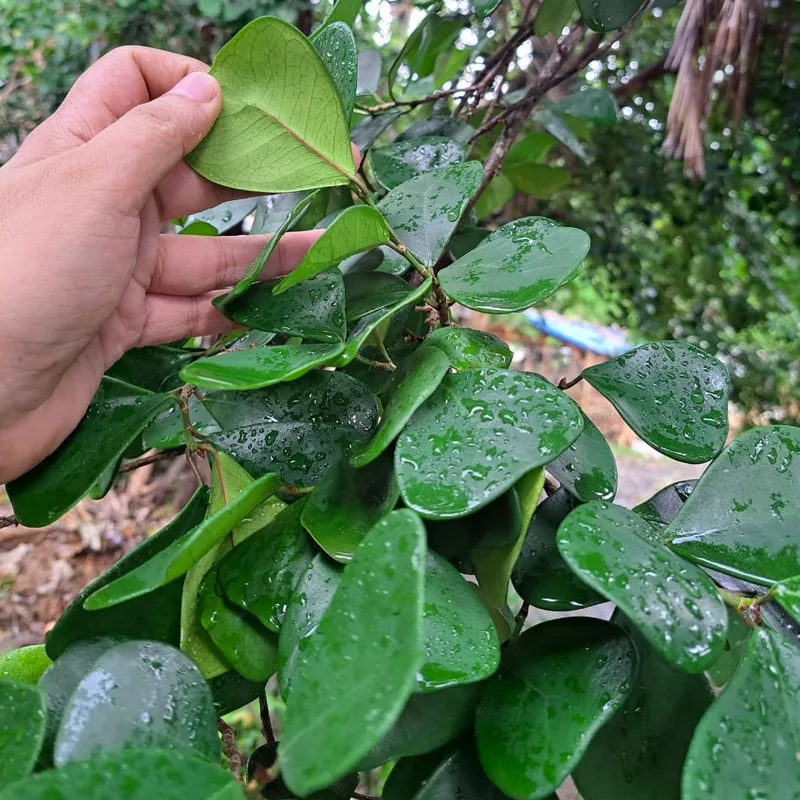
FAQs About Centaurea Montana
As a passionate gardener, I’ve had my fair share of experience with Centaurea Montana, commonly known as the Montana Cornflower or Mountain Bluet. This hardy perennial is not only a standout in gardens due to its vibrant blue flowers but also quite versatile. In this article, I’ll address some of the most frequently asked questions about Centaurea Montana, providing insights based on my own experiences and research.
821 Species in Genus Centaurea
How to Grow Centaurea Montana?
Growing Centaurea Montana is relatively straightforward. I’ve found that it thrives in well-drained soil and prefers a sunny spot, though it can tolerate partial shade. It’s important to plant it in a location where the soil doesn’t stay too wet, as it doesn’t like to sit in soggy conditions. When starting from seeds, sow them directly into the garden bed after the last frost or start them indoors about 6-8 weeks before the last frost date.
How to Deadhead Centaurea Montana?
Deadheading Centaurea Montana is crucial if you want to extend its blooming period. I usually remove the spent flowers by cutting them off at the base of the flower stem. This not only helps to keep the plant looking tidy but also encourages more blooms. I’ve found that regular deadheading promotes a longer and more prolific flowering season.
How to Prune Centaurea Montana?
Pruning Centaurea Montana is similar to deadheading but involves a bit more. I typically prune back the plant in early spring before new growth begins. This helps to remove any old or dead foliage and promotes healthy new growth. Additionally, cutting the plant back after it finishes flowering can help maintain its shape and vigor.
How to Propagate Centaurea Montana?
Propagating Centaurea Montana can be done through several methods. I’ve had success with both division and seeds. To divide, simply dig up the plant in early spring or fall and separate the root clumps, replanting them in their new spots. For seeds, sow them directly into the soil in spring or start them indoors and transplant the seedlings once they’re strong enough.
Is Centaurea Montana Deer Resistant?
Yes, Centaurea Montana is known to be deer resistant. In my garden, I’ve noticed that deer tend to leave it alone, which is a big plus if you’re dealing with these pests. The plant’s somewhat bitter taste and strong scent may be why deer avoid it.
Is Centaurea Montana Invasive?
While Centaurea Montana is not typically classified as invasive in most regions, it can spread aggressively in the right conditions. I’ve seen it spread through self-seeding and can sometimes become a bit unruly if not managed properly. It’s a good idea to monitor its growth and control its spread if it starts to overtake other plants.
How Big is the Flower on Centaurea Montana?
The flowers of Centaurea Montana are quite striking, typically measuring about 2 to 3 inches across. They have a distinctive thistle-like appearance with fringed, petal-like structures. The size of the flower makes it a standout feature in any garden bed or border.
Is Centaurea Montana Poisonous to Dogs?
No, Centaurea Montana is not known to be toxic to dogs. I’ve had dogs roaming freely in my garden with no adverse effects from this plant. However, as with any plant, it’s always a good idea to monitor your pets and consult a veterinarian if you suspect they’ve ingested something harmful.
Where to Buy Centaurea Montana
You can buy Centaurea Montana at most garden centers and nurseries. I also recommend checking online plant retailers if you’re looking for specific varieties or want to purchase in bulk. Online shopping has been convenient for me, especially for finding rare or specific types.
Centaurea Montana vs. Centaurea Americana
When comparing Centaurea Montana with Centaurea Americana, the main differences lie in their growth habits and flower characteristics. Centaurea Montana tends to have larger, more vibrant flowers and a more robust growth habit compared to Centaurea Americana. The latter often has a more delicate appearance and prefers slightly different growing conditions. From my experience, Centaurea Montana is generally more adaptable and resilient, making it a better choice for a wider range of garden settings.
What to Plant With Centaurea Montana
Centaurea Montana pairs well with a variety of other plants. I’ve found it looks particularly striking alongside ornamental grasses, such as Festuca or Pennisetum, and with other perennials like Echinacea or Rudbeckia. The contrast of its blue flowers with these plants creates a vibrant and dynamic garden display.
Common Problems and How to Fix Them
One common issue with Centaurea Montana is mildew, especially in humid conditions. To prevent this, ensure good air circulation around the plant and avoid overhead watering. If mildew does appear, I usually remove affected foliage and treat the plant with a fungicide if necessary.
In summary, Centaurea Montana is a hardy and versatile plant that adds a splash of color and resilience to any garden. By understanding how to care for it properly and addressing common issues, you can enjoy its beauty year after year.
If i die, water my plants!



